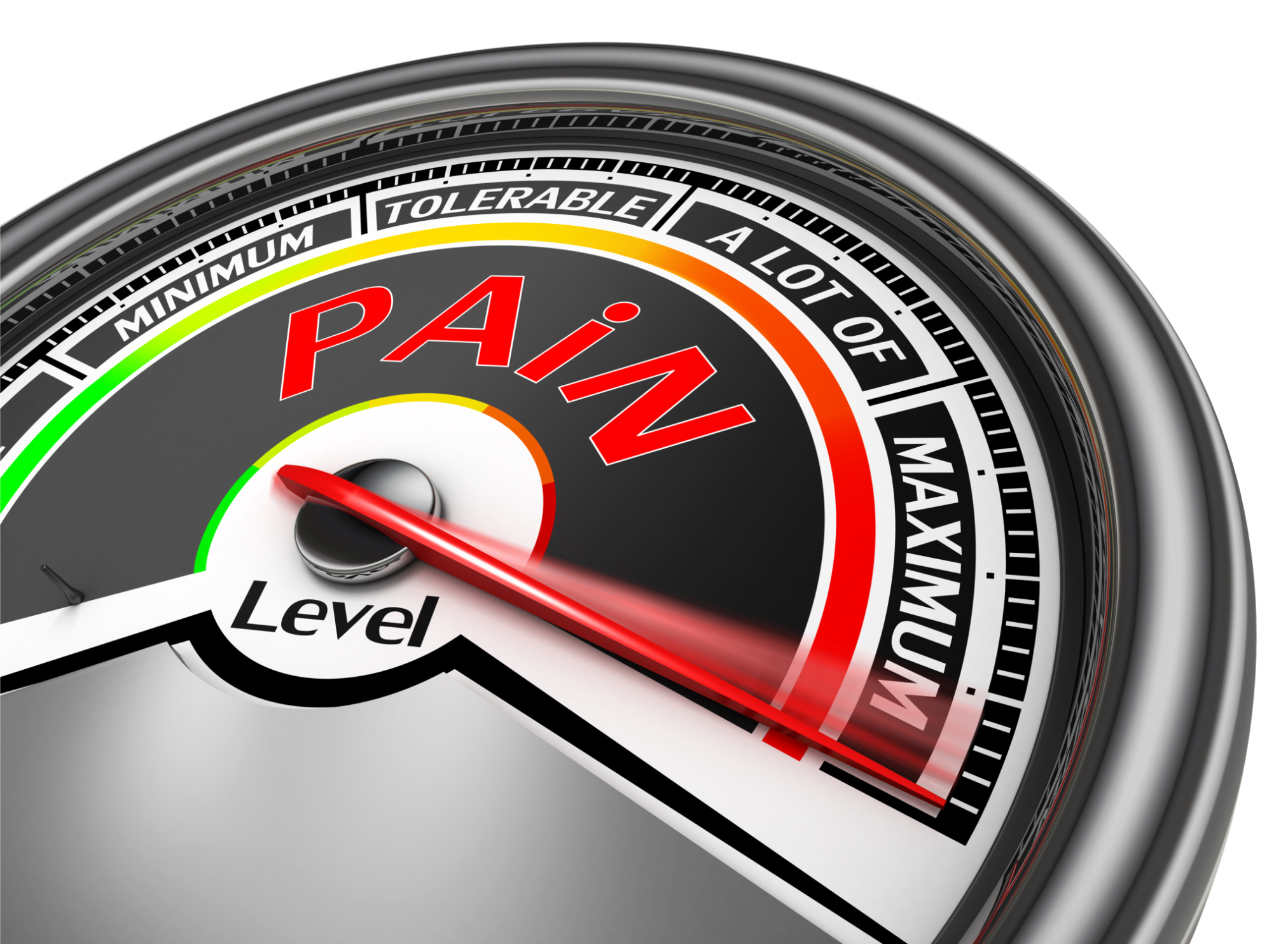As an alumnus of Seaside executive drug rehab, I’ve kept in touch with some of the people there that saved my life. They keep me on track when I need the reminder the most. I meet with my sponsor regularly and if we can’t meet, we talk on the phone. Step work is critical in these early months of recovery. I know that if I keep addiction in my dialogue and in my thoughts, I won’t let my recovery fall by the wayside.
Before admitting myself to Seaside executive drug rehab, I abused prescription pills recreationally. Or at least I told myself it was recreational. Later, while at Seaside, I learned that my body was used to having those kinds of chemicals, which was why I suddenly felt like I really did need prescription pain medication even though I never exhibited any signs of chronic pain. I had a demanding career and if I wanted a perc or a vic from time to time, I had one. If I had one while sipping on a glass of scotch, so be it. I didn’t see any harm in it. Until I started popping them more frequently –with higher and higher dosages – and popping them with or without the alcohol. At that point I finally realized I had developed a pain medication addiction and I needed professional help if I ever wanted to get better.
Now it has been almost a year since I successfully completed my executive drug rehab at Seaside and I find myself as part of my step work and a heightened personal interest, reading as much literature on addiction as I can. I read news, blogs, studies –anything that I can get my hands on just to be reminded that I’m not the only one fighting this fight. There are others in recovery out there. There are others who have it way worse, too. The ones with chronic pain who found themselves in rehab, like myself, because their pain was getting ahead of their prescriptions. In fact, I was reading this article today from the Toronto Sun that discussed a study conducted at Oxford University wherein healthy people had heat applied to their legs and were asked to rate their pain on a scale from one to 100. Each patient was attached to an IV and they were tested for their response to the pain medication they received. Before they received any pain medication, the average rating was 66. Then, the researchers administered remifentanil, a powerful painkiller, without letting the patients know. Again, the patients were asked to rate their pain and the average dropped to 55. Once the patients were informed of the remifentanil, their pain dropped to 39. The researchers then told the patients that they would be withdrawing the painkiller – without actually withdrawing it from their IVs—and their pain ratings shot back up to an average of 64. I was amazed reading this study and I’ve been enlightened a little more as to how difficult it is to treat a patient who uses painkillers. Patients’ negative expectations can have a tremendous affect on the outcome of their treatment.
Every day, as I read and learn more and more, I am reminded of how fortunate I was to be treated at one of best executive drug rehabs in the country and to have successfully overcome my prescription drug addiction.



